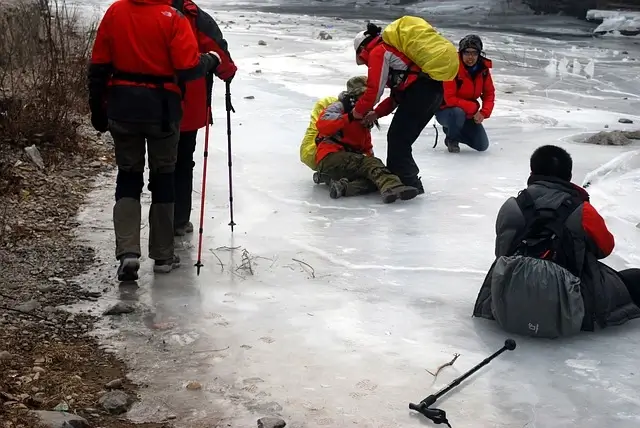In New York, the phrase "wrongful death" refers to a situation when someone's death is caused by the negligence, recklessness, or intentional actions of another person or entity. When a person dies due to the wrongful or negligent conduct of another party, the deceased person's family or other designated individual, may be able to bring a wrongful death lawsuit to recover damages for their loss.
Examples of wrongful death cases in New York City include:
Fatal car accidents caused by a driver who was under the influence of drugs or alcohol;
Medical malpractice resulting in a patient's death; or
A workplace accident caused by an employer's failure to provide a safe working environment.
In New York, a wrongful death action must generally be commenced within two (2) years of the decedent’s date of death. However, the two (2) year statute of limitations is sometimes tolled (paused), but depending on the circumstances that caused the death, it may also be shorter.
The essential elements for a Wrongful Death action are: 1) that a death has been caused by a wrongful act or omission by the defendant; 2) giving rise to a cause of action that could have been maintained by the decedent had he or she lived, and 3) one or more distributes of the decedent has suffered pecuniary loss as a result of the death.
It is always advisable to consult with an attorney if you suspect a family member passed away wrongfully. Some general steps to consider are:
1. Document the details: Record the details of the medical treatment that led to the death while they're still fresh in your mind. This may include taking photos and gathering contact information of any witnesses. Write down everything you can remember about the circumstances surrounding the death, including the date, time, location, and any contributing factors.
2. Apply for Letters of Administration: Once a person passes away, the surviving family will have to seek "Letters of Administration" that provides permission to administer the deceased's estate. These Letters also provide permission to investigate and bring a case for wrongful death on behalf of the deceased person. Letters are not automatic, so you will need to file the correct papers in court and should rely on an attorney to assist with this.
3. Preserve evidence: Keep any evidence related to the incident, such as medical records, receipts for expenses incurred due to the injury, and any damaged property. This will be important when making a claim for damages.
4. Get copies of medical records: If possible, get copies of all medical records and other related materials including all diaries, letters, bills, insurance records and notes regarding treatment leading up to the wrongful death. When you decide to consult with an attorney, they will need the medical records.
5. Consult with an attorney: Speak with a personal injury attorney who has experience handling cases that involve wrongful death. They can help you understand your legal rights and options, as well as guide you through the process of pursuing a claim. Many injury attorneys offer a free initial consultation, as we do, and will work on a contingency fee basis, meaning you won't have to pay any fees unless they successfully recover compensation on your behalf.
6. Limit communication with potentially responsible parties: Avoid discussing any details with the person or entity you believe to be responsible, their insurance company, or their attorney. Any statements you make could potentially be used against you. Direct any communication to your attorney, who can handle these conversations on your behalf.
7. Be cautious with social media: Avoid posting about any circumstances on social media, as these posts can potentially be used against you in your claim.
Remember that this is general guidance, and the specific steps you should take will depend on your individual circumstances. Always consult with a legal professional for advice tailored to your situation.





